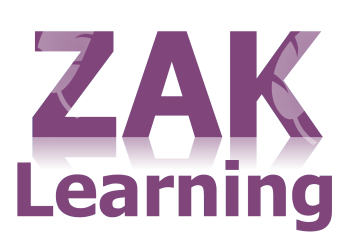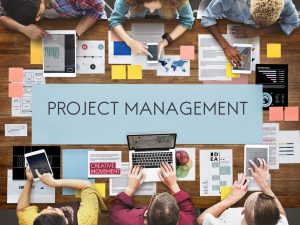The Accredited PRINCE2® 2017 Foundation Training
The Accredited PRINCE2® 2017 Foundation Training
We didn’t think the globally established and proven project management method that is PRINCE2® could be improved, but AXELOS have proved us wrong.
You still start with the very beginning at a foundation level, then once you have passed your PRINCE2® Foundation examination you will be able to proceed to the PRINCE2® Practitioner training, where you will develop your newly founded skills into more advanced concepts.
This includes the Foundation training only, for the full Foundation and Practitioner Bundle, please visit here.
£695.00
£695.00
Why Choose Us?
- Unlimited access for 6 months
- Access anywhere, any time, wherever you have an internet connection
- Fast effective training, written and designed by industry experts
- Track your progress with our Learning Management System
- Unlimited customer and student support
- Save money, time and travel costs
- Learn at your own pace and leisure
- Easier to retain knowledge and revise topics than traditional methods
- Exam preparation quizzes, tests and mock exams to ensure that you are 100% ready
Description
We didn’t think the globally established and proven project management method that is PRINCE2® could be improved, but AXELOS have proved us wrong.
At its heart PRINCE2® 2017 is very similar to the previous version (PRINCE2® 2009), but some small changes can make a big difference.
- PRINCE2® 2017 has a greater focus on the PRINCE2 principles
- Greater clarity on the link between the themes and principles
- Increased emphasis on tailoring to take account different environments such as complex commercial projects and those using Agile techniques
- Restructuring of the themes guidance to accommodate specific examples of tailoring
- The practical application of the guidance, with numerous examples, hints, and tips
What is PRINCE2®?
PRINCE2® (PRojects IN Controlled Environments 2) is a methodology that prioritises control, organisation, quality, reliability and efficiency.
It was originally derived from the government standard of IT project management methodology known as PROMPT II, and was then developed and used outside of the industry after being redefined for more general project management. The UK Government now adopt PRINCE2® methodology in several departments.
Since then, PRINCE2® has become one of the most popular methodologies in the world, over 1,000,000 people have now taken their exams.
The Accredited PRINCE2® 2017 Foundation Training is provided by Robust IT, accredited by PeopleCert.
PRINCE2® is a registered trade mark of AXELOS Limited. All rights reserved.
Modules
The Accredited PRINCE2® 2017 Foundation Training
This foundation course covers all of the official 2017 syllabus, which includes the following elements:
Introduction to projects and PRINCE2® – explains what makes projects different from BAU and introduces the four integrated elements of PRINCE2®
The 7 Principles:
Continued Business Justification
Learn from Experience
Defined Roles and Responsibilities
Manage by Stages
Manage by Exception
Focus on Products
Tailor to the Project Environment
The 7 Themes:
Business Case – wy are we investing in the project?
Organization – who do we need to manage the project?
Quality – what we have to deliver to ensure fit-for-purpose
Plans – how will we deliver, when & resource requirements
Risk – managing uncertainty
Change – understanding implications of changing requirements
Progress – understanding & controlling where we are against plans
The 7 Processes:
Process Model – to explain the flow between processes
Starting up a Project – pre-project preparation
Directing a Project – decision making and providing resources
Initiating a Project – developing a full and firm foundation
Controlling a Stage – day-to-day project manager’s work
Managing Product Delivery – day-to-day team managers work
Managing a Stage Boundary – preparing for project board progress decisions
Closing a Project – tidy close
Detailed Information on 2 Techniques:
Product Based Planning
Quality review Technique
System Requirements
Minimum specifications for the computer are:
Windows:
Microsoft Windows XP, or later
Modern and up to date Browser (Internet Explorer 8 or later, Firefox, Chrome, Safari)
MAC/iOS:
OSX/iOS 6 or later
Modern and up to date Browser (Firefox, Chrome, Safari)
All systems:
Internet bandwidth of 1Mb or faster
Flash player or a browser with HTML5 video capabilities (We recommend Google Chrome)
Related products

Registered in England No. 12668882
Useful Links
Other Links
Contact
OFFICE HOURS:
Monday – Friday: 09.30 – 16.30
Closed Bank Holidays





